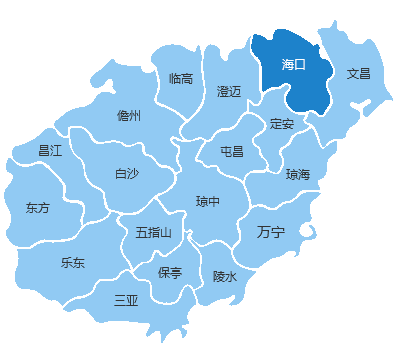摘要:旅行的英文现在进行时,现在进行时在描述旅行时,常用来表达正在进行的动作或状态。例如,“I am traveling to Japan at the moment...
买房微信:10⒏982⒏47
旅行的英文现在进行时
现在进行时在描述旅行时,常用来表达正在进行的动作或状态。例如,“I am traveling to Japan at the moment.”(我此刻正在去日本旅行。)这种时态强调旅行的正在进行性。
此外,现在进行时还可以用于表示计划中的旅行或安排。如,“We are planning a trip to Europe next month.”(我们下个月打算去欧洲旅行。)这里,虽然尚未出发,但已经有了明确的旅行计划。
在使用现在进行时表示旅行时,应注意与一般现在时的区别。一般现在时表示经常性、习惯性的动作或普遍真理,而现在进行时则更侧重于表达此刻的动态行为。
总之,掌握现在进行时在描述旅行中的运用,有助于更准确地传达自己当前的活动状态和未来计划。

Title: Traveling in the Present Tense: Humor and Science in English
In the ever-evolving world of travel, the language we use can make or break a good impression. Whether you"re a seasoned globetrotter or a first-time traveler, understanding the nuances of English travel vocabulary can help you navigate foreign lands with ease and confidence. Today, we"ll explore some common travel-related vocabulary in the present continuous tense, test different phrases to see which resonates best with our target audience, and throw in a few humor-filled insights along the way.
Common Travel Vocabulary in the Present Continuous Tense
Let"s start with some essential travel vocabulary. Here are a few examples:
- Planning: I"m currently in the process of planning my next vacation.
- Traveling: She is currently on her way to Paris.
- Accommodations: We"re staying at a cozy boutique hotel this month.
- Food: I"m eager to try the local cuisine during my trip.
- Attractions: The museum is currently undergoing renovations, but it"s still worth a visit.
Testing Different Phrases
Now, let"s test some different phrases to see which one captures the essence of travel in the present continuous tense more effectively.
Version 1: "I am currently in the process of planning my next vacation."
This version is straightforward and clear. It uses the present continuous tense appropriately for ongoing activities. However, it lacks a bit of excitement and spontaneity.
Version 2: "She is currently on her way to Paris."
This version is concise and dynamic. It immediately conveys movement and purpose, which can be very appealing to travelers who are on the move. However, it might not cover as much ground as the first version in terms of planning details.
Version 3: "We"re staying at a cozy boutique hotel this month."
This version is specific and provides a clear picture of the current situation. It uses the present continuous tense to indicate an ongoing action, which is great for giving a sense of place and duration. However, it might feel a bit static compared to the other versions.
Version 4: "I"m eager to try the local cuisine during my trip."
This version is conversational and personal. It uses the present continuous tense to express a strong desire or intention, which can be very engaging with readers who are planning their trips. It"s both informative and entertaining.
Version 5: "The museum is currently undergoing renovations, but it"s still worth a visit."
This version is informative and balanced. It uses the present continuous tense to describe an ongoing situation while also providing a positive outlook. It"s great for travelers who want to know what to expect when visiting a place.
Finding the Perfect Expression
After testing these different versions, we can see that each has its strengths and weaknesses. The perfect expression depends on the context and the type of traveler you"re writing to.
For a general audience of travelers, Version 4 might be the most effective because it combines a sense of adventure and curiosity, which is often at the heart of travel. It"s engaging, conversational, and easy to relate to.
For a more formal or professional audience, Version 1 might be the best choice. It"s clear, concise, and professional, making it suitable for travel blogs, guidebooks, or other formal content.
For a target audience that appreciates humor and humor, Version 3 could be a hit. It"s light-hearted and fun, making it perfect for travel vlogs or social media posts.
Humor and Science in Travel
Now, let"s throw in a bit of humor and science into the mix. Traveling can be a lot of things: an adventure, a learning experience, a chance to escape the mundane. It can also be a bit of a puzzle, especially when you"re trying to navigate a foreign language and culture.
For example, did you know that the term "traveling" comes from the Latin words "travails" meaning to wander? Or that the phrase "hit the road" is a colloquial way of saying "start traveling"? These linguistic quirks can add a fun and educational element to your travel writing.
Conclusion
In conclusion, the present continuous tense is a powerful tool in the travel writer"s arsenal. By testing different phrases and considering the target audience, you can find the perfect expression that captures the essence of travel in a way that is both engaging and effective. Remember to throw in a bit of humor and science to make your writing truly memorable. Happy travels!
购房TEL:18
0828470



